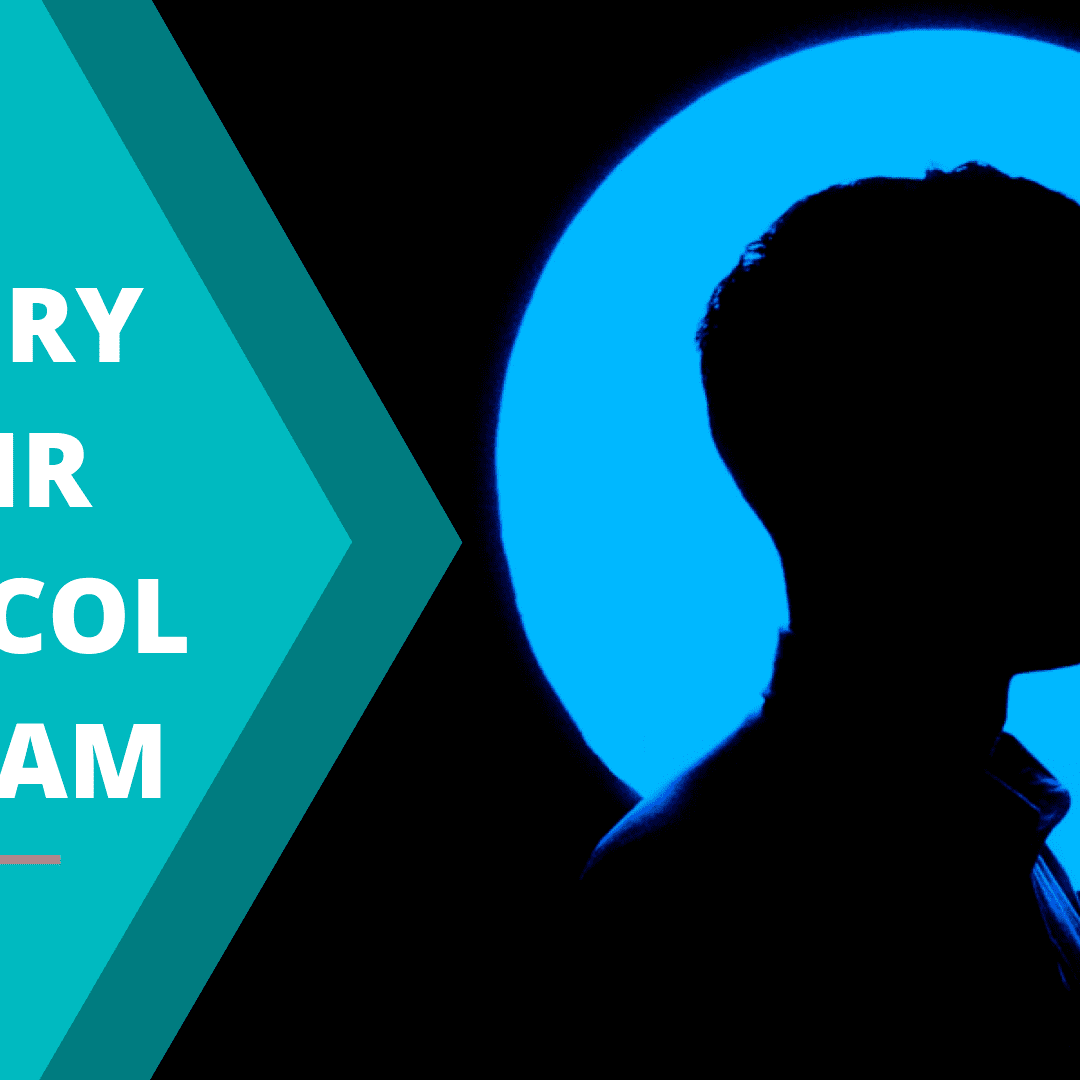Introduction
The Memory Repair Protocol is one of those online sensations that many people seem to have fallen for. Its main focus is to provide natural ways to combat dementia and Alzheimer’s through a so-called miracle recipe cure.
Dementia and Alzheimer’s are degenerative diseases that cause acute memory loss over a prolonged period. They are a heartbreaking occurrence, and if you have experience with either you will appreciate how devastating it is to see a family member deteriorate and forget everything they and you hold dear, before your eyes.
In other words, these unfortunate conditions are the perfect playground for scam artists to make money out of innocent and vulnerable people. This is what Memory Protocol Program seems to be doing according to the general consensus in the online world. Let’s see what it’s all about.
Table of Contents
What Is ‘Memory Repair Protocol’?
The Memory Repair Protocol was introduced as a concept back in 2016. It claims to reduce the effects of dementia and Alzheimer’s. It claims to be able to do this in less than a month, or 21 days to be more precise.
The whole concept is based on a recipe idea. The recipe is claimed to be made of a food from Northern India that significantly reduces and or slows down memory loss. The village in Northern India from whence it came is mentioned in the back story of Martin Reilly, the supposed creator of the Memory Repair Protocol. The village does exist, and there are stories about lessened cases of dementia and Alzheimer’s existing there. However, the evidence has been morphed and spun out of context.
The science behind the lower cases of the degenerative diseases in the village is owing to a gene factor, as the memory loss conditions are, very much so, genetic occurrences. The people in this village are lucky enough not to have this gene in their DNA make up. This fact is completely skirted over and, in fact, left out by Reilly.
His whole focus is on the food that they eat being the reason behind their fortunate avoidance of dementia and Alzheimer’s. It is easy to see how old wives’ tales get passed down through word of mouth and village tradition. I am sure there are plenty of these that are soaked in history but lacking in facts that float around where you live.
That doesn’t make these tales true, and it doesn’t mean that they are the whole picture. It is important, especially when looking for answers, to seek out all the facts and nothing but the facts. The supporting evidence is nice, but it’s not always the entire story.
The author was inspired to seek alternative remedies and ultimately ended up creating this recipe, after seeing his wife suffer from dementia. Her deterioration was not slowed down, nor made any better by conventional medicine. Her suffering was in fact, allegedly made worse and not managed at all by the conventional medicine offered by healthcare professionals. Again, this is entirely believable. Every brain behaves differently under duress, and some people do not respond to established medical practice. This part of the story is entirely plausible.
Therefore, like the majority of mankind in this circumstance, he started searching for alternative ways to encourage her recovery and manage her condition. He acted out of love, grief, and desperation. Just like all of the people wanting to buy this product and start using a miracle cure to fix dementia and or Alzheimer’s development of their loved one in just 21 days.
So far so good, and nothing out of the ordinary. Why wouldn’t a man want to relieve his wife’s suffering, and at the same time his own, and the rest of their family’s suffering?
So How Did Martin Reilly Create the Recipe?
This is where the story becomes a bit, well unreadable and unrealistic.
Martin Reilly followed his nose in a nursing home. He smelt a delicious smell, and it led him to an old Indian woman who was cooking in the kitchen. She then claimed to know the secrets to combat and avoiding dementia entirely thanks to growing up in a village without said afflictions.
It sounds more and more like an old wives’ tale, or an Aesop’s fable the further into the story we delve.
However, he does claim, the little that is known about him, to have researched the village from where the woman said she came. He claims that through this research he did find her claims to be true. So, he decided to pursue the idea further, using the ingredients that she had suggested to him, to create a whole concept.
Reilly then supposedly goes on to meet a doctor called Miles Fielding. It needs to be said that this doctor’s credentials are also hard to verify.
The pair of them, inspired by the old Indian woman and her mysterious claims and Reilly’s own research, go on to work as a team to experiment with recipes to combat the effects of an aggressive nature of dementia.
It took them 13 months to create a recipe, and this recipe consists mainly of coconut oil and mysterious Indian spices. This forms the entirety of the Memory Repair Protocol.
Why Would People Use It?
As with most presumed scams, the Memory Repair Protocol plays and preys on your heartstrings. Degenerative memory loss diseases are heartbreaking.
People suffer as a result of them, not only the person with dementia or Alzheimer’s but all of their close family members and caregivers. They are not forgiving diseases; they attack the mind both rapidly and slowly, and they leave a ghost of the person that once was.
In fact, there is an overwhelming amount of evidence to suggest that the whole Memory Repair Protocol thing is nothing but a scam. A scam that is intended to rip vulnerable people off for a lot of money. The science behind it is flawed and lacking in context, research, or evidence. The author is unknown, non-existent, has no online presence and doesn’t seem to exist outside of this program.
Yet the product still exists, people still buy it, and people continue to want to try it out. The question then, is why do these things happen? Why is a product that ticks all the boxes of a con, still being purchased and distributed?
The answer, though callous, remains simple and is concurrent with the whole of human history. People spend money and devote time to crazy schemes when their emotions are evoked. Watching a family member suffer, or having a fear of suffering yourself, evokes a whole range of complex emotions.
People want solutions, and unfortunately, they become desperate enough to try even the lowest of scams. Even more, unfortunately, there is a whole world of predators out there who will quite happily prey on someone’s vulnerability to make a quick buck.
Though there has been and continues to be a number of research into the area, there does not yet exist a viable cure for either disease. There are medicines that are supposed to help manage the conditions, but they don’t halt it, nor do they fix it.
This makes living through either of these diseases unbearable and dismal. The end is inevitable, and it is slow, and though you have time to prepare – that never makes letting go of a loved one easier, right?
Right.
So desperate times call for desperate measures. People are constantly searching for holistic alternatives to modern medicine, whether in the form of miracle cures from natural herbs or some grand recipe idea, people want it because they have no other recourse. It doesn’t take much to persuade the heartbroken that there is a real solution and it is within their grasps. All they have to do it make a small contribution… Which is what this program asks of you.
Brief Summary
- Memory Repair Protocol was created by Martin Reilly
- Martin Reilly has no presence anywhere
- His credibility is questionable
- Memory Repair Protocol claims to suppress the effects of dementia
- Memory Repair Protocol claims to suppress the effects of Alzheimer’s
- It claims that it takes just 21 days
- Memory Repair Protocol is a recipe
- The recipe is based on a Northern Indian village
- It has a dubious and hard to believe origin story
- It is costly
- Lots of people believe it to be false and a scam
So Why Do People Believe That Memory Repair Protocol Is a scam?
The memory repair protocol scam
There are plenty of reasons as to why Memory Repair Protocol is presumed to be a scam. The whole concept and idea behind the project are shrouded in mystery and seem to be clutching at straws. The science behind dementia and Alzheimer’s proves it to be wrong consistently.
Consider the following reasons:
Mysterious Author
The Memory Repair Protocol program is allegedly created by the supposed author, Martin Reilly. However, when it comes to more information, the man is a mystery wrapped in an enigma.
The story behind the program is available. He puts it like this: he met an Indian woman who claimed the mysterious food ingredients that she used in her cooking worked miracles. She claimed that the lack of dementia and memory loss in her village, back in Northern India, was the result of the secret ingredients they used in their foods.
Martin went on to use these ingredients and created the recipe that inspired the whole thing. However, outside of this unlikely story, it is as though he is a ghost. The same can be said of his co-conspirator doctor that helped him created the product.
There does seem to be a video of the so-called Reilly introducing the Memory Repair Protocol product, however, it is speculated that this is merely an actor for a few different reasons. Mainly the production seems too staged and too similar to that of other media videos produced by a bigger company.
Fake Testimonies
As seems apparent with other products produced and endorsed by Spark Health Media, the testimonies, positive reviews and even the alleged ‘creators’ themselves seem fake and contrite. The production is too professional, the people presenting it appear to be reading from a script and ticking marketing boxes, and not one person among them appears to have any variety in their personal accounts and opinions.
Even the five stars reviews that are dotted around on various sites, mainly Amazon itself, seem to be fake. The reviews are vague in the sense that they are a few words, if that, and also lack any substance or detail when it comes to why the reviewer actually awarded the product five stars. What’s even worse is that they do not ever offer any follow-up information when asked a question by another reviewer.
Is memory repair protocol a scam
Memory Repair Protocol is sponsored by and funded by a bigger company. This company is called Spark Health Media. Spark Health Media is renowned for selling scam products. In fact, they have run a number of scams over the years that are well documented and widely criticized all over the world wide web.
All of their previously funded and distributed products rely on specific health problems, and therefore vulnerable people. Some of these include high blood pressure, diabetes and weight control. All of them claim to have some form of miracle cure promising to fix the condition very quickly. All of them come with a certain number of top reviews from satisfied clients.
There is a definite theme among the sponsored products, and indeed they are all quite costly and vague.
Further Evidence
If you are looking for further proof that Memory Repair Protocol may be a scam, then there are plenty of additional testimonies around.
A prime place for these reviews happens to be media site YouTube, and below are a few examples of people warning prospective customers away from the product:
Alongside YouTube, there are even disgruntled customers supporting and claiming that the Memory Repair Protocol is a scam.
To put this in the wider perspective,
Only 18% of reviews actually award 5* to the product, and as to their viability – well that is up to you to decide. However, most of these reviews do not seem genuine in any way.
There are a mere 6% of reviews awarding 3*.
An astounding 76% of reviews give the product just one star.
The Things People Say
“The people selling the larger package should be ashamed of themselves for not sharing the diet and supplements in great detail for a lot less money than the big package sells for. They are just trying to cash in by exploiting elderly people’s desperation, or else they would share the info that we need for a lot less than the big package costs.”
“…the suggestion that you can completely reverse a serious brain condition in 21 days is just advertising hype.”
“This is a disgusting misrepresentation giving false hope to people. Should be banned from the internet.”
As you can see from the above negative reviews, people believe that this product is preying on the weak and vulnerable in order to exploit them. General criticisms include those that:
- There is no viable science behind the project
- The co-creators are not feasible or traceable
- It is costly
- The results are poor and lacking
- The claims are grandiose
- There is no cure for dementia or Alzheimer’s
So Why Is It Allowed to Continue?
In life, scams pop up all the time. Especially in this media-rich age that we live in. They cannot be avoided. This is a fact.
You cannot change human nature. The grief people feel at a loss is indescribable and cannot be contained. Unfortunately, there will always be things like Memory Repair Protocol that try and tap into that to make some easy money. Though it is true that lots of scams get shut down, others slip under the radar for many years, and we may never truly know who lies behind them.
Conclusion
Memory Repair Protocol claims to be able to combat and begin to cure the effects of dementia and Alzheimer’s within just 21 days, less than a month.
Can it do this?
No, of course, it cannot.
There is very little, if any at all, proof on the internet or in the media of anything such as this being true. If it were true, everyone and anyone would be using it, and this product would be endorsed by medical professionals and used in general health care practices. Yet, this is so clearly not the case.
It goes without saying that there are natural remedies that people believe in and that people use to manage health conditions. However, Memory Repair Protocol doesn’t even appear to fit into any of these categories, apart from a vague connection to coconut, something that people claim helps with memory and memory power.
Other foods that claim to help combat dementia include various leafy greens and berries. Basically, there is a wealth of natural foods that are good for the body and brain processes. This stands to reason as anything that is healthy for the body tends to be healthy for the mind and therefore will have a positive impact on overall health.
However, the sad truth remains that there is no cure for such conditions (yet), and therefore anyone claiming to have a miracle solution is more than likely a scam artist than not. Those should be avoided at all costs to prevent further headache – or heartbreak.







